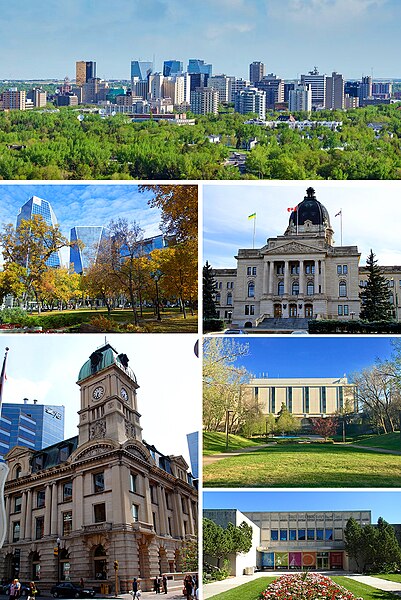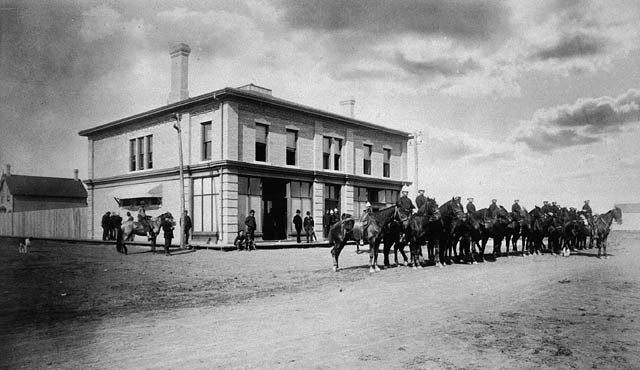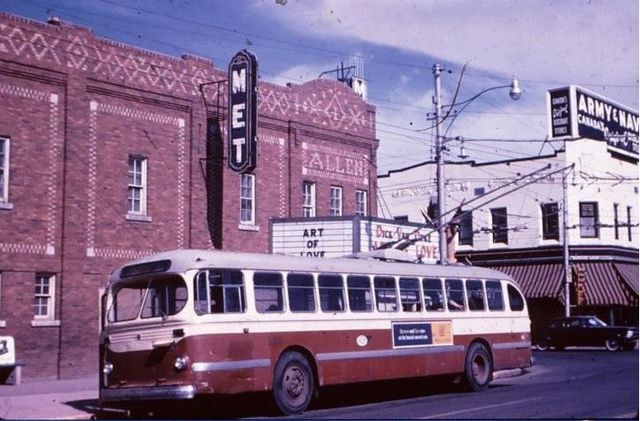Last Mountain Lake, also known as Long Lake, is a prairie lake formed from glaciation 11,000 years ago. It is located in south central Saskatchewan, Canada, about 40 kilometres (25 mi) north-west of the city of Regina. It flows into the Qu'Appelle River via Last Mountain Creek, which flows past Craven. It is approximately 93 km (58 mi) long, and 3 km (1.9 mi) wide at its widest point. It is the largest naturally occurring body of water in southern Saskatchewan. Only Lake Diefenbaker, which is man-made, is larger. The lake is a popular resort area for residents of south-eastern Saskatchewan.
Last Mountain Lake
NASA satellite image of Last Mountain Lake
Glen Harbour, Last Mountain Lake pre-1910
Camping on Last Mountain Lake pre-1910
Regina is the capital city of the Canadian province of Saskatchewan. The city is the second-largest in the province, after Saskatoon, and is a commercial centre for southern Saskatchewan. As of the 2021 census, Regina had a city population of 226,404, and a Metropolitan Area population of 249,217. It is governed by Regina City Council. The city is surrounded by the Rural Municipality of Sherwood No. 159.
From top, left to right: Downtown Regina skyline, Victoria Park, Saskatchewan Legislative Building, Prince Edward Building, Dr. John Archer Library the Royal Saskatchewan Museum.
The Regina Court House during Louis Riel's trial in 1885. He was brought to Regina following the North-West Rebellion.
In June 1912, a tornado locally referred to as the Regina Cyclone devastated the city. The tornado remains the deadliest recorded tornado in Canadian history.
A trolleybus on Broad Street in 1965. The movie theatre and department store were later demolished. Regina saw a number of buildings demolished from 1945 to the 1970s.








